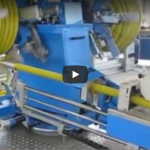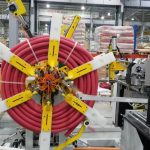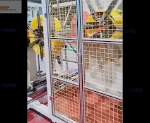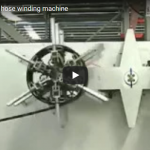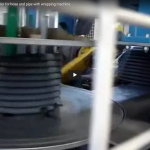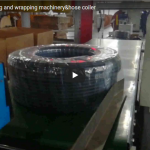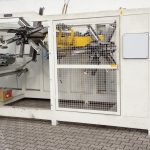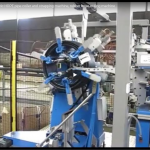FHOPE has introduced its first-generation automatic pipe coiler and strapping machine, which is designed to automate the coiling and strapping process for plastic pipes. This machine is a reliable and efficient solution for companies that handle large volumes of pipes and require a streamlined process for coiling and strapping.
FHOPE’s commitment to customization is evident in the development of different coiling machines for plastic pipes of various sizes and types. The coiling machines are tailored to meet the specific needs of each client, with options for pipe OD ranging from 16mm to 65mm, and 50mm to 150mm. The machines are capable of handling various types of pipes, including corrugated hose, HDPE pipe, and PE pipe.
The coiling and winding machine solutions from FHOPE are not limited to the plastic pipe industry. The company offers more solutions for different industries, demonstrating its commitment to providing reliable and efficient coiling and winding solutions across a wide range of industries.
FHOPE’s dedication to providing customized solutions and its ability to cater to the specific needs of each client has made it a reliable and trusted partner for companies looking for efficient coiling and strapping solutions. With its range of coiling machines and winding machine solutions, FHOPE is well-equipped to meet the diverse needs of its clients and provide them with the tools they need to improve productivity and reduce labor costs.
https://www.fhopepack.com/Automatic-Coiling-Machine/
info@fhopepack.com
